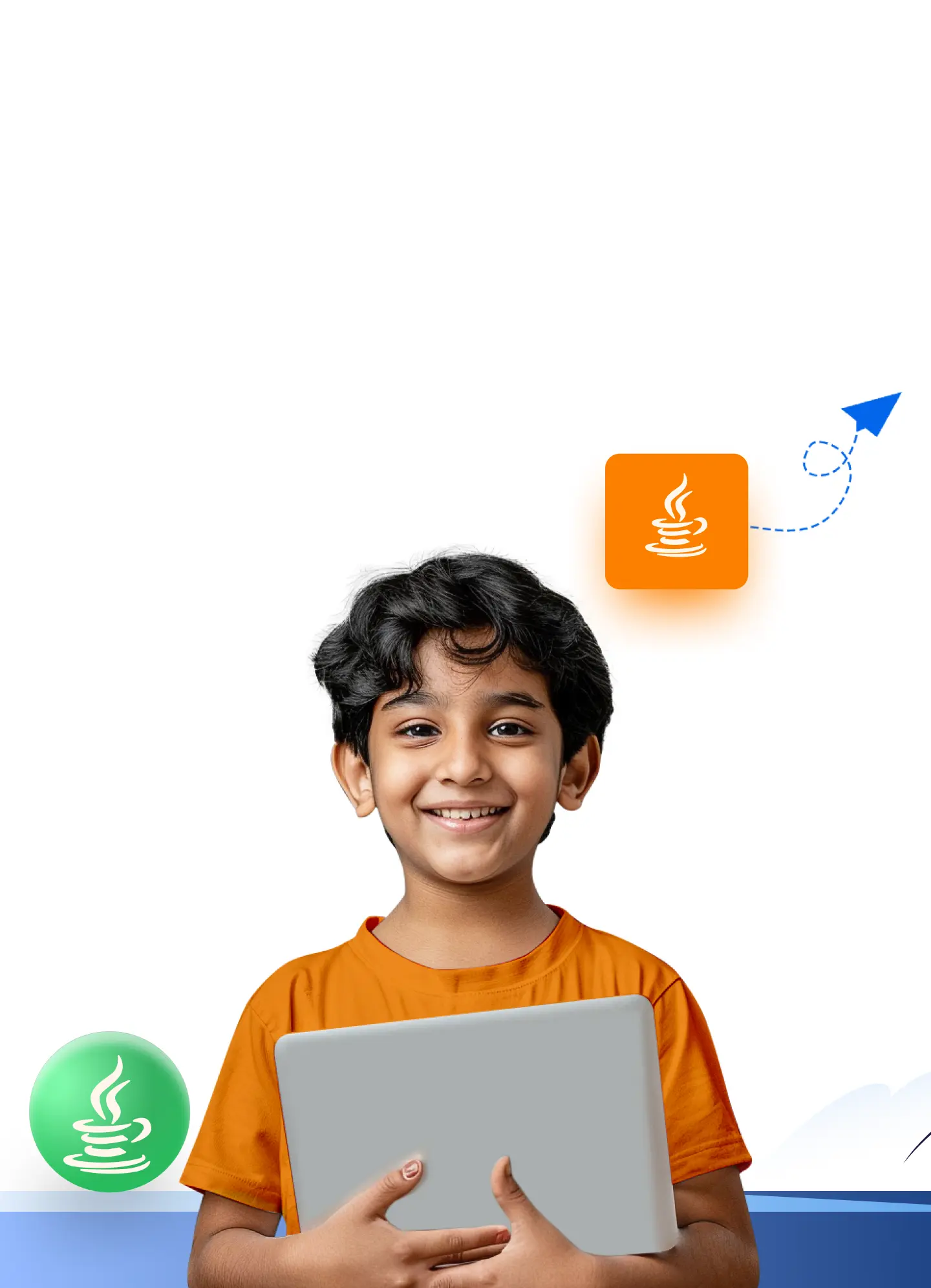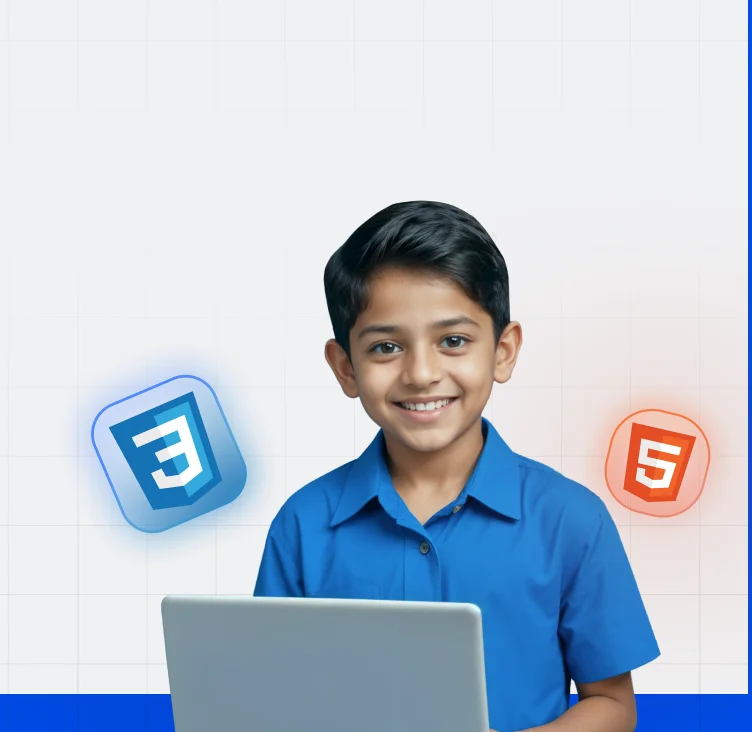Data Science Courses for Kids – Complete Guide
By Srinithi SankarHave you ever wondered how your child could learn to think smarter with numbers, ask sharper questions, and see patterns in everyday life? That’s where data science courses for kids come in. In a world where data shapes everything from apps to weather predictions, teaching kids data skills early on builds powerful foundations for their future.
In this complete guide, we’ll explore what these courses are all about, why they matter, and how to choose the perfect fit for your young learner.
What is a Data Science Course for Kids?
At its core, a data science course for kids is about turning complex ideas into playful learning adventures.
Here’s how a typical module might unfold:
- Collecting Data: Kids might start by gathering information about how many books they read in a week or how often they play different games.
- Organizing Data: Next, they learn to sort their findings, maybe by creating a simple table or drawing.
- Visualizing Data: With crayons, paper, or digital tools, kids create bar graphs or pie charts. Suddenly, math isn’t boring, it’s colorful and fun!
- Analyzing Patterns: “Hey! I play puzzle games most on Sundays!” This is where the magic happens. They start thinking like mini data scientists.
By relating everything to their world, snacks, toys, pets children feel connected to the data, making learning natural and exciting.
Why Is Data Science Important for Kids?
Learning data science for children builds more than technical knowledge. It shapes how they think.
Here’s what they gain:
- Critical thinking – Kids learn to spot patterns and make smart predictions.
- Observation skills – They pay closer attention to what’s happening around them.
- Math & logic reinforcement – It strengthens what they learn in school.
- Problem-solving – They explore creative solutions based on facts, not guesses.
- Future readiness – As data shapes the job market, early exposure gives kids a head start.
Is Data Science Easy for Kids?
When taught the right way!
Think less “data science lecture,” more “detective adventure.” Kids are naturally curious. If they’re shown how data connects to their lives, they’ll love exploring it.
- Simple tools
- Play-based learning
- Everyday examples
- Fun storytelling
With the right approach, even 7-year-olds can grasp core data concepts like comparison, measurement, and prediction.
Basics of Data Science
You can break the basics of data science into four foundational pillars for children:
1.Data Collection
- Kids can count how many steps they take in a day using a simple tally.
- They might track how many times a bird visits a feeder or how often they laugh during a cartoon episode.
2. Data Organization
- Kids learn to sort data into rows and columns. Think of it like organizing LEGO by color or size.
- They may create lists or tables in a notebook or use basic spreadsheet tools designed for kids.
3. Data Visualization
- Children use markers or simple drag-and-drop tools to make graphs and charts.
- This makes data feel more like a picture book and less like a math test.
4. Data Interpretation
Here, kids learn to tell stories with data.
- Example: “On the days I drink juice for breakfast, I finish my homework faster!”
- This storytelling approach builds early analytical thinking and helps with reading comprehension, too.
ALSO Read: Top 10 Fun Coding Projects for Kids
How to Explain Data Science to Kids
Use metaphors they’ll love:
- Data is LEGO – little blocks that build something big.
- Graphs are treasure maps – helping us find hidden clues.
- Data scientists are detectives, solving mysteries with information.
Ask open-ended questions:
- “What do you want to track this week?”
- “How would you show that as a graph?”
- “What story does your data tell?”
Kids become storytellers, and data is their language.
Tools and Resources for Kids
You don’t need fancy software to teach data science. Here are some imaginative and simple tools:
- Paper & Markers: Let them draw their own data stories.
- Stickers: Use stickers to represent different data points (like how many times they ate fruit this week).
- Jar Games: Drop beads in jars to track preferences or decisions—then count and compare.
- Printable Worksheets: Create custom worksheets for them to collect info on things they love (e.g., “What’s your favorite superhero?”).
- Simple Spreadsheets: Use Google Sheets or kid-friendly alternatives to organize and color-code data.
Even better—create a “Data Diary” where kids track one new thing every day for a week. It builds consistency and makes learning a habit.
Tips for Parents
You can make a big impact just by showing interest in what your child is learning. Here’s how:
- Make it a game: Count items around the house, create snack surveys, or guess outcomes based on past patterns.
- Talk in data: “I noticed we spent more time outside on weekends. Want to chart that?”
- Model curiosity: Share things you observe (“I get more done when I make a to-do list. Should we test that idea this week?”)
- Ask open-ended questions: “What did you find surprising in today’s chart?” or “What would happen if we change this data point?”
- And most importantly: celebrate every small discovery! When kids feel proud of what they found, they stay curious and motivated.
The Future of Data Science for Kids
The future belongs to curious kids who can read between the lines—and in the lines of code and charts.
By introducing data science courses for kids today, we’re building:
- Critical thinkers
- Problem solvers
- Innovators who use data to make a difference
Tomorrow’s doctors, engineers, designers, and game developers all need data skills. Starting early turns that future into a fun, empowering journey.
Learning tech has never been this fun! Say goodbye to dull quizzes and hello to Buzzer, the ultimate computer science and technology MCQ game for kids! Pick your favorite topic, hit the buzzer, and tackle exciting gamified questions. Whether you’re playing for fun or competing, every round is an adventure. Think fast, answer smart, and climb the leaderboard. Play Buzzer now!
Conclusion
Data science courses for kids are more than just a trend—they’re a gateway to smarter thinking and empowered learning. When children learn to collect, explore, and analyze data, they see the world with fresh eyes. Whether through fun projects, colorful graphs, or solving daily mysteries, data becomes a new form of self-expression.
So if you’re ready to nurture curiosity, confidence, and future-ready skills, there’s no better time to start. Let your child’s data science adventure begin today—and watch how it transforms the way they think forever.
Want to give your child a head start in coding? With HackerKid, they’ll follow a well-structured path built by experts, engage in fun, hands-on learning, and build real projects along the way. No confusion, no aimless browsing, just the right guidance at the right time.
Fill out the form for a personalized roadmap and start your child’s tech journey today!
FAQs
Q1: At what age should kids start learning data science?
As early as 7! With the right tools and playful approach, even young kids can enjoy and understand it.
Q2: Do kids need to know coding first?
Not at all. While coding helps later on, most basics can be learned through storytelling, games, and visual tools.
Q3: How do you teach data science to kids?
By using simple, real-life data (like daily habits), visual tools (charts, drawings), and fun activities to teach collecting, organizing, and analyzing information.
Q4: Can a 13-year-old learn data science?
Yes! At 13, kids can handle beginner coding, data analysis, and even small real-world projects.
Q5: What is the 80/20 rule in data science?
80% of your time goes into preparing data; 20% is for analysis. Preparation is key.
Q6: What are the 5 P’s of data science?
Problem, Plan, Prepare, Process, Present – the main steps of any data science project.
Q7: What are the 5 V’s of data?
Volume, Velocity, Variety, Veracity, and Value – the five traits of big data.









